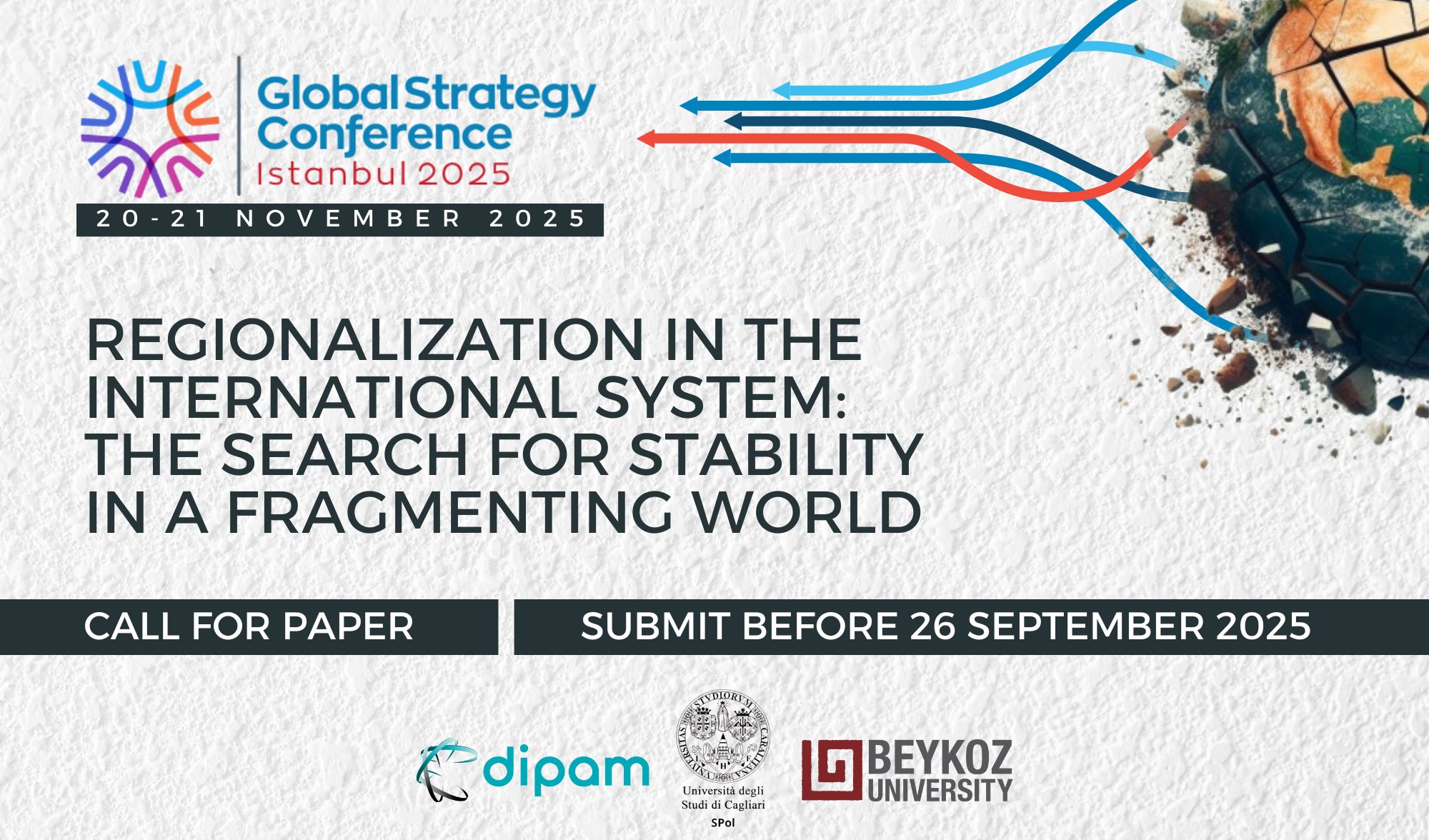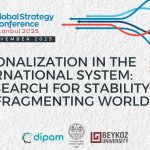The United States and the People’s Republic of China are engaged in competition across nearly all domains—from the economy and defense to artificial intelligence and space technologies. One of the newest and most striking dimensions of this multifaceted rivalry is quantum technologies, which are gaining increasing strategic importance. As a new dimension of systemic competition, quantum technologies add yet another layer to the multi-level rivalry between these two powers.
Quantum technologies are high-tech fields that aim to surpass the limits of classical technologies by utilizing the fundamental principles of quantum mechanics. These technologies are generally grouped under three main categories: quantum computing, quantum communication, and quantum sensing.
Due to their dual-use nature, quantum technologies can be applied in both civilian and military domains. Therefore, a state that achieves quantum superiority would not only gain a scientific or technological edge but also secure advantages in areas such as defense, cryptography, intelligence, and cybersecurity. Such a technological breakthrough could also grant states an upper hand in terms of establishing hegemony. Consequently, it seems likely that technological superiority will play a crucial role in shaping the future global order.
For all these reasons, quantum technologies have become central not only to bilateral competition but also to the global agenda. The United Nations’ declaration of 2025 as the “International Year of Quantum Science and Technology” clearly demonstrates the strategic significance this field has attained. However, since the development of quantum technologies requires extremely costly infrastructure, advanced expertise, and long-term R&D investments, it remains a high-threshold area of competition where only a limited number of actors can operate effectively. These conditions position the United States and the People’s Republic of China—both of which have made significant investments in terms of financial resources and scientific capacity—as the leading players in the quantum race.
What is Quantum 3.0?
The first quantum revolution ended World War II with the invention of the atomic bomb, triggered the Cold War, and paved the way for the establishment of a bipolar international order. The second quantum revolution, on the other hand, laid the foundation of a new digital society and globalization by connecting individuals and institutions on a global scale through semiconductors, lasers, fiber optics, GPS, and computers. The ongoing ‘Quantum 3.0’ process, which is still too early to be called a revolution, is not only a continuation of scientific advancement but also stands out as a harbinger of a new strategic, economic, and geopolitical transformation.
The Quantum 3.0 era revolves around three core fields: quantum computing, quantum communications, and quantum sensing. Classical computers encode information in binary form—either 0 or 1—and each of these values is called a “bit”. However, encoding information this way imposes limits on computational power due to the finite number of possible bit combinations. In contrast, quantum computers use “qubits”, which can represent both 0 and 1 at the same time. Qubits operate based on two fundamental physical principles: superposition and entanglement. Superposition refers to a particle’s ability to exist in multiple states simultaneously—being both 0 and 1 at once. Entanglement means that two particles, even if separated by vast distances, remain interconnected in such a way that a change in one instantly affects the other. These two principles form the foundation of quantum technologies.
…






